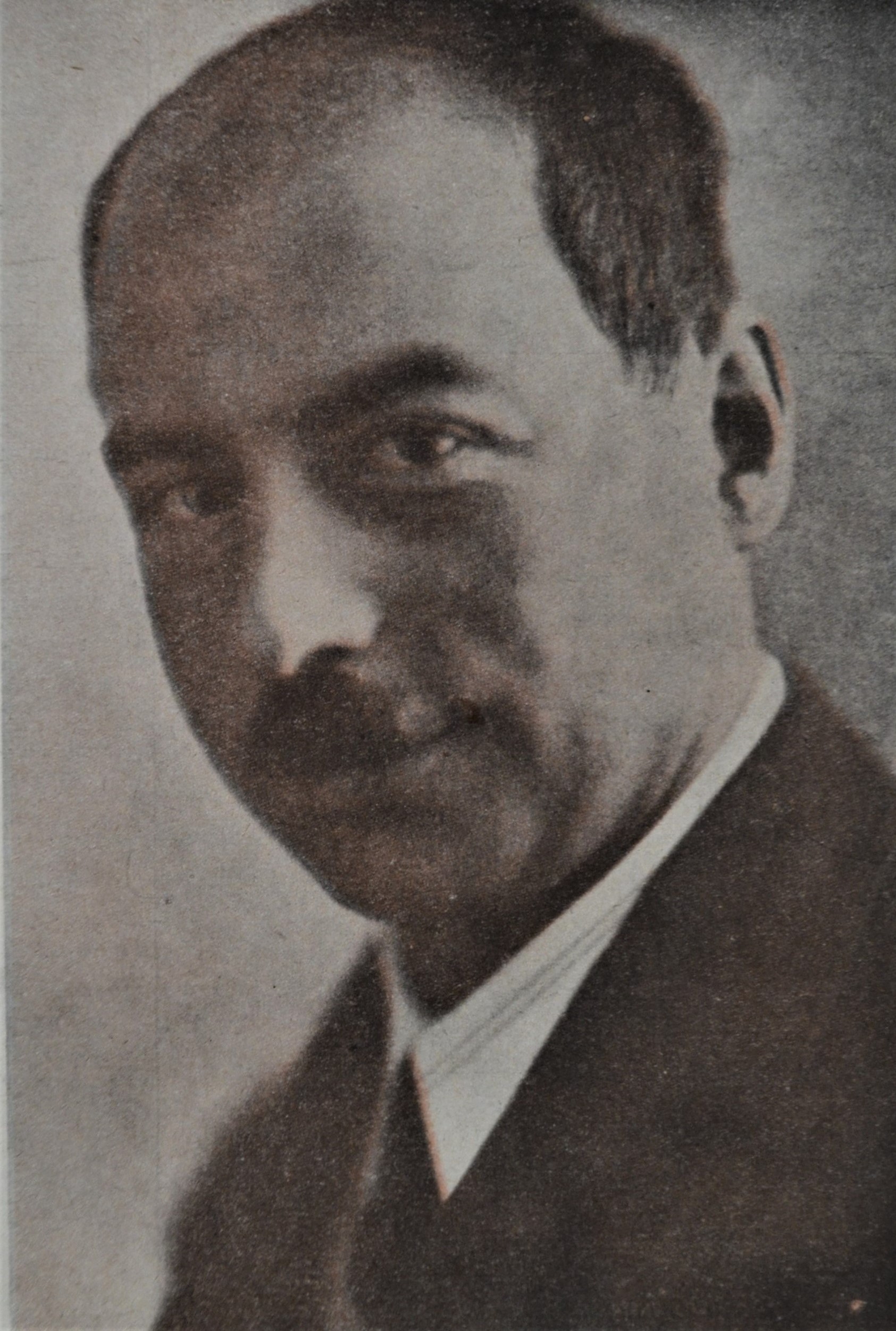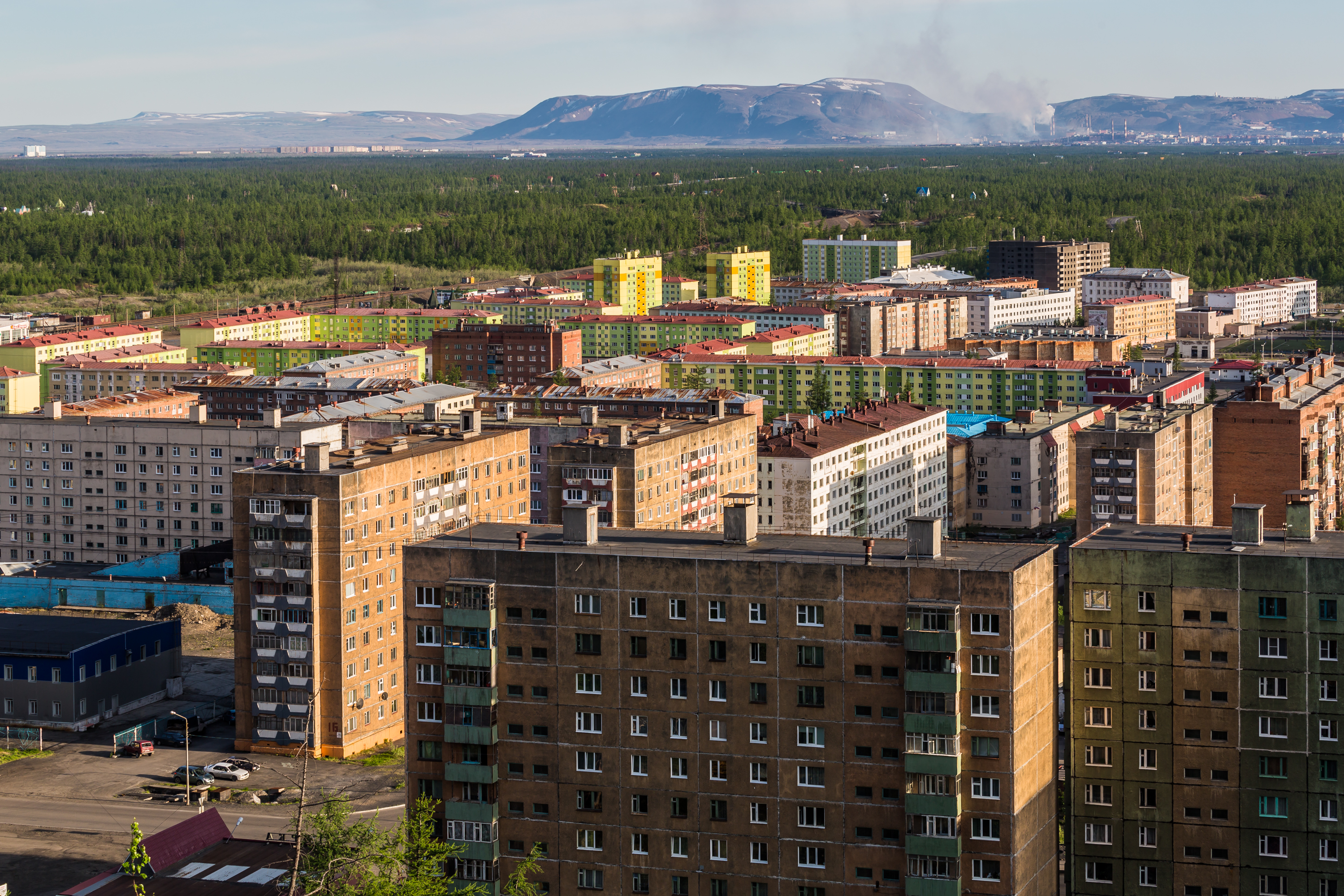|
Kommunalka
Communal apartments (singular: russian: коммунальная квартира, ''kommunal'naya kvartira'', slang. ''kommunalka'') appeared in the Soviet Union following the October Revolution of 1917. The term ''communal apartments'' is a product of the Soviet epoch. The concept of communal apartments grew in Russia and the Soviet Union as a response to a housing crisis in urban areas; authorities presented them as the product of the "new collective vision of the future." Between two and seven families typically shared a communal apartment. Each family typically had only one room, which usually served as a living room, dining room, and bedroom for the entire family. All the residents of the building shared the use of the hallways, kitchen (commonly known as the "communal kitchen"), bathroom and (rarely) telephone.Adele Barker and Bruce Grant, ''The Russia Reader: History, Culture, Politics'' (Durham: Duke University Press, 2010), 615. The communal apartment became the predomina ... [...More Info...] [...Related Items...] OR: [Wikipedia] [Google] [Baidu] |
Soviet Union
The Soviet Union,. officially the Union of Soviet Socialist Republics. (USSR),. was a transcontinental country that spanned much of Eurasia from 1922 to 1991. A flagship communist state, it was nominally a federal union of fifteen national republics; in practice, both its government and its economy were highly centralized until its final years. It was a one-party state governed by the Communist Party of the Soviet Union, with the city of Moscow serving as its capital as well as that of its largest and most populous republic: the Russian SFSR. Other major cities included Leningrad (Russian SFSR), Kiev (Ukrainian SSR), Minsk ( Byelorussian SSR), Tashkent (Uzbek SSR), Alma-Ata (Kazakh SSR), and Novosibirsk (Russian SFSR). It was the largest country in the world, covering over and spanning eleven time zones. The country's roots lay in the October Revolution of 1917, when the Bolsheviks, under the leadership of Vladimir Lenin, overthrew the Russian Provisional Government ... [...More Info...] [...Related Items...] OR: [Wikipedia] [Google] [Baidu] |
October Revolution
The October Revolution,. officially known as the Great October Socialist Revolution. in the Soviet Union, also known as the Bolshevik Revolution, was a revolution in Russia led by the Bolshevik Party of Vladimir Lenin that was a key moment in the larger Russian Revolution of 1917–1923. It was the second revolutionary change of government in Russia in 1917. It took place through an armed insurrection in Petrograd (now Saint Petersburg) on . It was the precipitating event of the Russian Civil War. The October Revolution followed and capitalized on the February Revolution earlier that year, which had overthrown the Tsarist autocracy, resulting in a liberal provisional government. The provisional government had taken power after being proclaimed by Grand Duke Michael, Tsar Nicholas II's younger brother, who declined to take power after the Tsar stepped down. During this time, urban workers began to organize into councils (soviets) wherein revolutionaries criticized the pro ... [...More Info...] [...Related Items...] OR: [Wikipedia] [Google] [Baidu] |
Family
Family (from la, familia) is a Social group, group of people related either by consanguinity (by recognized birth) or Affinity (law), affinity (by marriage or other relationship). The purpose of the family is to maintain the well-being of its members and of society. Ideally, families offer predictability, structure, and safety as members mature and learn to participate in the community. Historically, most human societies use family as the primary locus of Attachment theory, attachment, nurturance, and socialization. Anthropologists classify most family organizations as Matrifocal family, matrifocal (a mother and her children), patrifocal (a father and his children), wikt:conjugal, conjugal (a wife, her husband, and children, also called the nuclear family), avuncular (a man, his sister, and her children), or Extended family, extended (in addition to parents and children, may include grandparents, aunts, uncles, or cousins). The field of genealogy aims to trace family lineages ... [...More Info...] [...Related Items...] OR: [Wikipedia] [Google] [Baidu] |
Joseph Stalin
Joseph Vissarionovich Stalin (born Ioseb Besarionis dze Jughashvili; – 5 March 1953) was a Georgian revolutionary and Soviet political leader who led the Soviet Union from 1924 until his death in 1953. He held power as General Secretary of the Communist Party of the Soviet Union (1922–1952) and Chairman of the Council of Ministers of the Soviet Union (1941–1953). Initially governing the country as part of a collective leadership, he consolidated power to become a dictator by the 1930s. Ideologically adhering to the Leninist interpretation of Marxism, he formalised these ideas as Marxism–Leninism, while his own policies are called Stalinism. Born to a poor family in Gori in the Russian Empire (now Georgia), Stalin attended the Tbilisi Spiritual Seminary before joining the Marxist Russian Social Democratic Labour Party. He edited the party's newspaper, ''Pravda'', and raised funds for Vladimir Lenin's Bolshevik faction via robberies, kidnappings and protection ... [...More Info...] [...Related Items...] OR: [Wikipedia] [Google] [Baidu] |
Khrushchyovka
''Khrushchyovka'' ( rus, Хрущёвка, Khrushchyovka, p=xrʊˈɕːɵfkə) or (a derogatory nickname) ''Khrushchoba'' ( rus, Хрущоба, Hrushchoba, t=Khru-slum) is an unofficial name for a type of low-cost, concrete- paneled or brick three- to five-storied apartment building which was developed in the Soviet Union during the early 1960s, during the time its namesake Nikita Khrushchev directed the Soviet government. They are sometimes compared to the Japanese ''danchi'', similar (often government-sponsored) housing projects from the same period, which by some accounts were directly inspired by them. Preceding this type of housing, the majority of the Soviet housing stock was of low-rise communal apartments. An updated high rise version, termed " Brezhnevkas", were built in the 1970s and 1980s and included many upgrades including larger apartments (particularly, larger kitchens), elevators, and garbage disposals. This was then followed by what are known unofficially as " ... [...More Info...] [...Related Items...] OR: [Wikipedia] [Google] [Baidu] |
Collectivization In The Soviet Union
The Soviet Union introduced the collectivization (russian: Коллективизация) of its agricultural sector between 1928 and 1940 during the ascension of Joseph Stalin. It began during and was part of the first five-year plan. The policy aimed to integrate individual landholdings and labour into collectively-controlled and state-controlled farms: ''Kolkhozes'' and ''Sovkhozes'' accordingly. The Soviet leadership confidently expected that the replacement of individual peasant farms by collective ones would immediately increase the food supply for the urban population, the supply of raw materials for the processing industry, and agricultural exports via state-imposed quotas on individuals working on collective farms. Planners regarded collectivization as the solution to the crisis of agricultural distribution (mainly in grain deliveries) that had developed from 1927. This problem became more acute as the Soviet Union pressed ahead with its ambitious industrializati ... [...More Info...] [...Related Items...] OR: [Wikipedia] [Google] [Baidu] |
Death And State Funeral Of Joseph Stalin
Joseph Stalin, second leader of the Soviet Union, died on 5 March 1953 at his Kuntsevo Dacha at the age of 74, after suffering a stroke. He was given a state funeral in Moscow on 9 March, with four days of national mourning declared. The day of the funeral, hundreds or thousands of citizens present in the area to pay their respects died in a human crush. Stalin's body was embalmed and interred in Lenin's and Stalin's Mausoleum until 1961, when it was moved to the Kremlin Wall Necropolis. The members of Stalin's inner circle in charge of organizing his funeral were Nikita Khrushchev, Lavrentiy Beria, Georgy Malenkov and Vyacheslav Molotov. Illness and death Stalin's health deteriorated towards the end of World War II. He had atherosclerosis as a result of heavy smoking, a mild stroke around the time of the Victory Parade in May 1945, and a severe heart attack in October 1945. The last three days of Stalin's life have been described in detail, first in the official Soviet ... [...More Info...] [...Related Items...] OR: [Wikipedia] [Google] [Baidu] |
Khrushchev Thaw
The Khrushchev Thaw ( rus, хрущёвская о́ттепель, r=khrushchovskaya ottepel, p=xrʊˈɕːɵfskəjə ˈotʲ:ɪpʲɪlʲ or simply ''ottepel'')William Taubman, Khrushchev: The Man and His Era, London: Free Press, 2004 is the period from the mid-1950s to the mid-1960s when Political repression in the Soviet Union, repression and Censorship in the Soviet Union, censorship in the Soviet Union were relaxed due to Nikita Khrushchev's policies of de-Stalinization and peaceful coexistence with other nations. The term was coined after Ilya Ehrenburg's 1954 novel ''The Thaw (Ehrenburg novel), The Thaw ''("Оттепель"), sensational for its time. The Thaw became possible after the Death and state funeral of Joseph Stalin, death of Joseph Stalin in 1953. General Secretary of the Communist Party of the Soviet Union, First Secretary Khrushchev denounced former General Secretary Stalin in the On the Cult of Personality and Its Consequences, "Secret Speech" at the 20th Congres ... [...More Info...] [...Related Items...] OR: [Wikipedia] [Google] [Baidu] |
Khrushchyovka
''Khrushchyovka'' ( rus, Хрущёвка, Khrushchyovka, p=xrʊˈɕːɵfkə) or (a derogatory nickname) ''Khrushchoba'' ( rus, Хрущоба, Hrushchoba, t=Khru-slum) is an unofficial name for a type of low-cost, concrete- paneled or brick three- to five-storied apartment building which was developed in the Soviet Union during the early 1960s, during the time its namesake Nikita Khrushchev directed the Soviet government. They are sometimes compared to the Japanese ''danchi'', similar (often government-sponsored) housing projects from the same period, which by some accounts were directly inspired by them. Preceding this type of housing, the majority of the Soviet housing stock was of low-rise communal apartments. An updated high rise version, termed " Brezhnevkas", were built in the 1970s and 1980s and included many upgrades including larger apartments (particularly, larger kitchens), elevators, and garbage disposals. This was then followed by what are known unofficially as " ... [...More Info...] [...Related Items...] OR: [Wikipedia] [Google] [Baidu] |
Soviet Culture
The culture of the Soviet Union passed through several stages during the country's 69-year existence. It was contributed to by people of various nationalities from every one of fifteen union republics, although a majority of the influence was made by Russians. The Soviet state supported cultural institutions, but also carried out strict censorship. History Lenin era The main feature of communist attitudes towards the arts and artists in the years 1918–1929 was relative freedom, with significant experimentation in several different styles in an effort to find a distinctive Soviet style of art. In many respects, the NEP period was a time of relative freedom and experimentation for the social and cultural life of the Soviet Union. The government tolerated a variety of trends in these fields, provided they were not overtly hostile to the regime. In art and literature, numerous schools, some traditional and others radically experimental, proliferated. Communist writers Maxim Gorky an ... [...More Info...] [...Related Items...] OR: [Wikipedia] [Google] [Baidu] |






